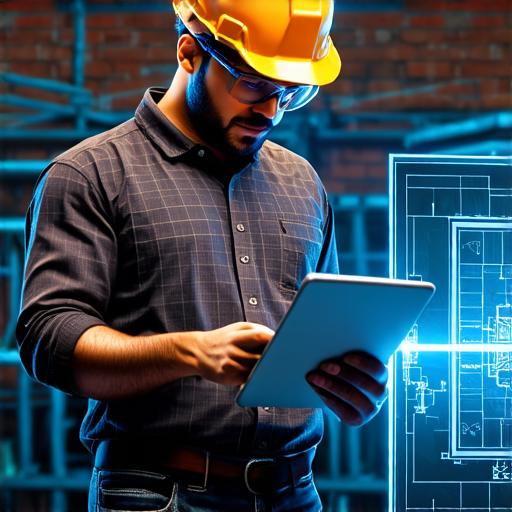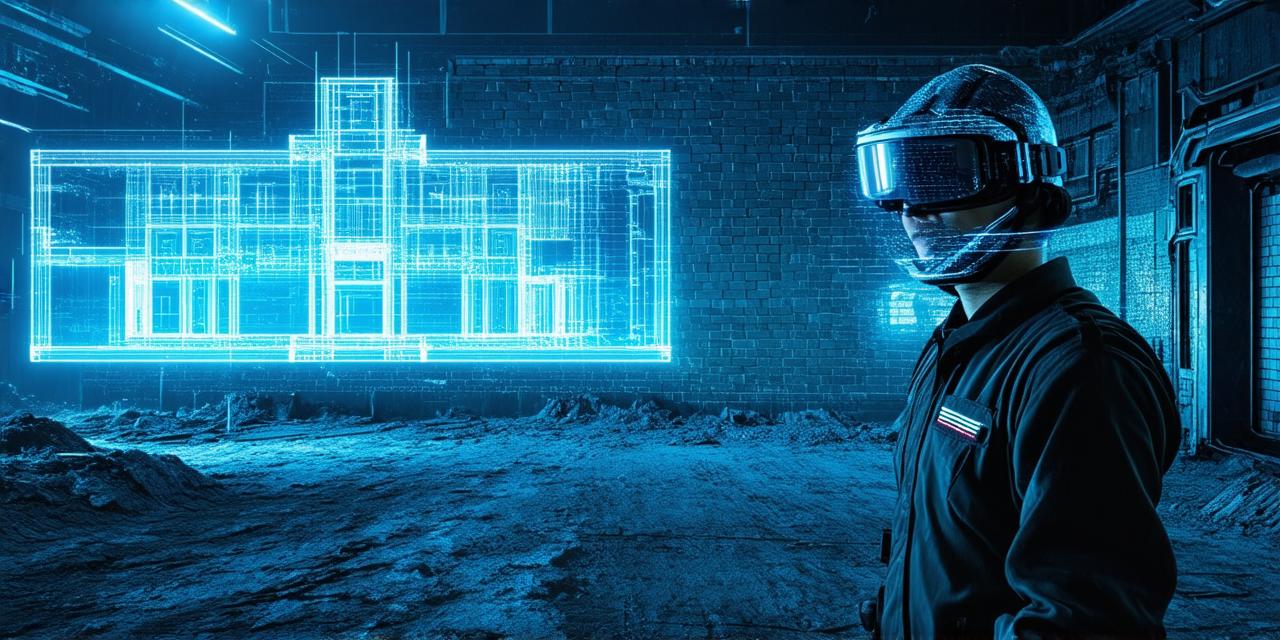AR in Construction: Benefits and Limitations
One of the main advantages of AR in construction is that it allows for more accurate visualization of a project’s design and layout. By overlaying digital information on top of the real world, contractors can get a better sense of how a building will look and function before it’s built. This can help to prevent errors and improve overall efficiency, ultimately saving time and money.
Another benefit of AR in construction is that it enables workers to have access to real-time information while on site. For example, workers could use an AR app to view a 3D model of a building, get instructions on how to install a particular piece of equipment, or see the location of important utilities. This can help to improve safety and reduce errors, which can be especially important in construction, where even small mistakes can have serious consequences.
Despite these benefits, there are also some limitations to AR in construction that should be considered. One limitation is that AR technology can be expensive, and it may not always be practical for smaller construction projects. Additionally, the accuracy of AR models can be affected by factors such as lighting conditions and camera angles, which can make it difficult to use them in certain situations.
Case Studies: AR in Action
One example of how AR is being used in construction is through the use of 3D modeling software. For instance, a company called Trimble has developed an AR application called SketchUp Pro that allows architects and contractors to view a building’s design in 3D on top of the real world. This can help to improve communication between architects and contractors, as they can see exactly how a building will look and function before it’s built.
Another example of AR in construction is through the use of smart glasses. A company called DAQRI has developed smart glasses that enable workers to view 3D models and other digital information overlayed on top of their physical surroundings. This can be especially useful for tasks such as installing equipment or performing inspections, as it allows workers to have access to real-time information while they are on site.
Personal Experiences: AR in Action
As an augmented reality developer myself, I have had the opportunity to use AR technology in a construction context. One project that I worked on involved using AR to help architects and contractors visualize a new office building before it was built. By overlaying digital information on top of the real world, we were able to get a better sense of how the building would look and function, which helped to prevent errors and improve overall efficiency.
Another project that I worked on involved using AR to help construction workers access real-time information while on site. By wearing smart glasses, workers were able to view 3D models and other digital information overlayed on top of their physical surroundings. This helped to improve safety and reduce errors, as workers could see exactly where important utilities were located and how equipment should be installed.
FAQs: Common Questions About AR in Construction
What is augmented reality?
Augmented reality (AR) is a technology that enhances real-world experiences by overlaying digital information on top of them. In the context of construction, AR can help to improve visualization and communication between architects, contractors, and workers.
How does augmented reality work in construction?
There are several ways that AR can be used in construction, including 3D modeling software and smart glasses. These tools enable workers to view digital information overlayed on top of their physical surroundings, which can improve communication and reduce errors.
What are the benefits of using augmented reality in construction?
The main benefits of using AR in construction include improved visualization, real-time information access, and increased efficiency. These benefits can ultimately help to save time and money, while also improving safety and reducing errors.

What are the limitations of using augmented reality in construction?
One limitation of AR in construction is that it can be expensive, and it may not always be practical for smaller projects. Additionally, the accuracy of AR models can be affected by factors such as lighting conditions and camera angles.
Conclusion: Augmented Reality in Construction
Augmented reality has the potential to revolutionize the way we design, build, and maintain structures. By improving visualization and communication between architects, contractors, and workers, AR can help to prevent errors and improve efficiency. While there are some limitations to AR technology that should be considered, these are outweighed by the benefits it can offer in the context of construction. As this technology continues to evolve, we can expect to see even more innovative applications in the future.
